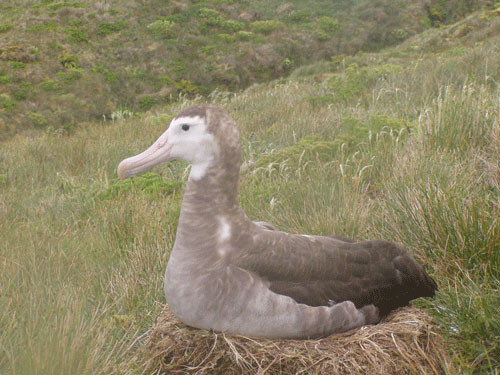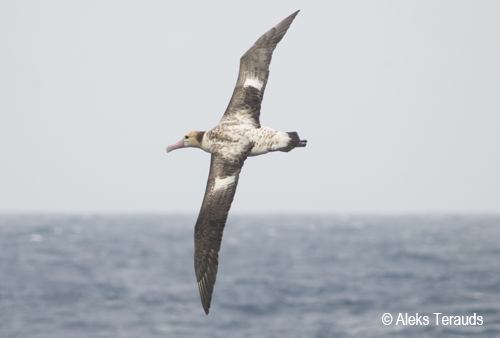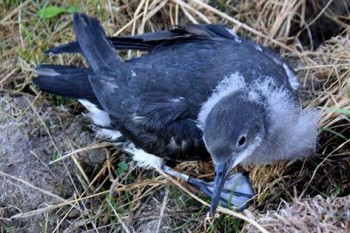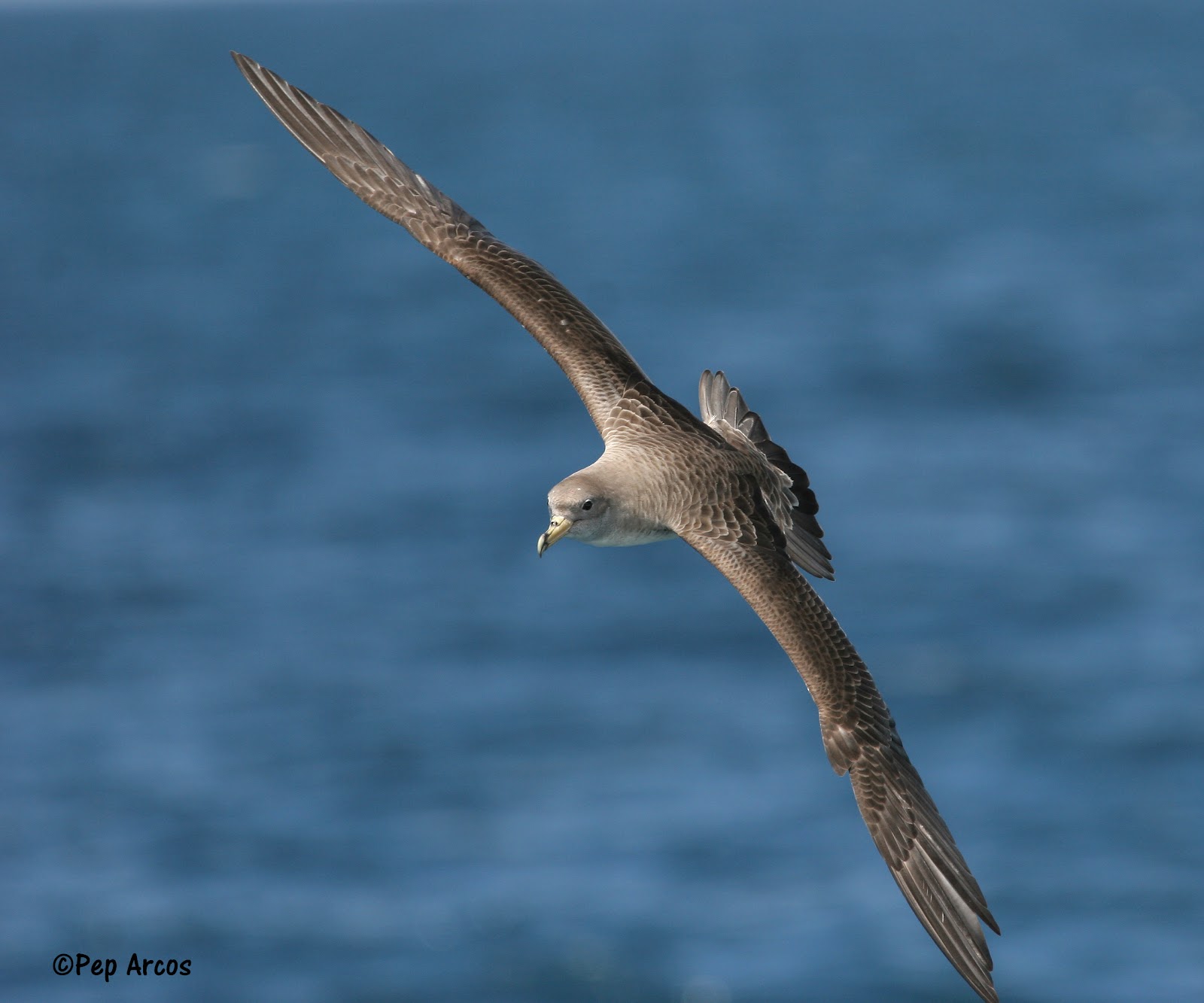Lucas Krüger (Marine and Environmental Science Centre, University of Coimbra, Portugal) and colleagues have published in the journal Ecography on the likely effects of climate change scenarios on the latitudinal distributions of seven species of ACAP-listed seabirds in the Southern Ocean.
The paper’s abstract follows:
“Given the major ongoing influence of environmental change on the oceans, there is a need to understand and predict the future distributions of marine species in order to plan appropriate mitigation to conserve vulnerable species and ecosystems. In this study we use tracking data from seven large seabird species of the Southern Ocean (black-browed albatross Thalassarche melanophris, grey-headed albatross T. chrysostoma, northern giant petrel Macronectes halli, southern giant petrel M. giganteus, Tristan albatross Diomedea dabbenena, wandering albatross D. exulans and white-chinned petrel Procellaria aequinoctialis, and on fishing eff ort in two types of fisheries (characterised by low or high-bycatch rates), to model the associations with environmental variables (bathymetry, chlorophyll-a concentration, sea surface temperature and wind speed) through ensemble species distribution models. We then projected these distributions according to four climate change scenarios built by the Intergovernmental Panel for Climate Change for 2050 and 2100. The resulting projections were consistent across scenarios, indicating that there is a strong likelihood of poleward shifts in distribution of seabirds, and several range contractions (resulting from a shift in the northern, but no change in the southern limit of the range in four species). Current trends for southerly shifts in fisheries distributions are also set to continue under these climate change scenarios at least until 2100; some of these may reflect habitat loss for target species that are already over-fished. It is of particular concern that a shift in the distribution of several highly threatened seabird species would increase their overlap with fisheries where there is a high-bycatch risk. Under such scenarios, the associated shifts in distribution of seabirds and increases in bycatch risk will require much-improved fisheries management in these sensitive areas to minimise impacts on populations in decline.”

Incubating Tristan Albatross, photograph by John Cooper
With thanks to Barry Baker.
Reference:
Krüger, L., Ramos, J.A., Xavier, J.C., Grémillet, D., González-Solís, J., Petry, M.V., Phillips ,R.A., Wanless, R.M. & Paiva, V.H. 2017. Projected distributions of Southern Ocean albatrosses, petrels and fisheries as a consequence of climatic change. Ecography 40: 1-14.
John Cooper, ACAP Information Officer, 07 December 2017



 English
English  Français
Français  Español
Español 



